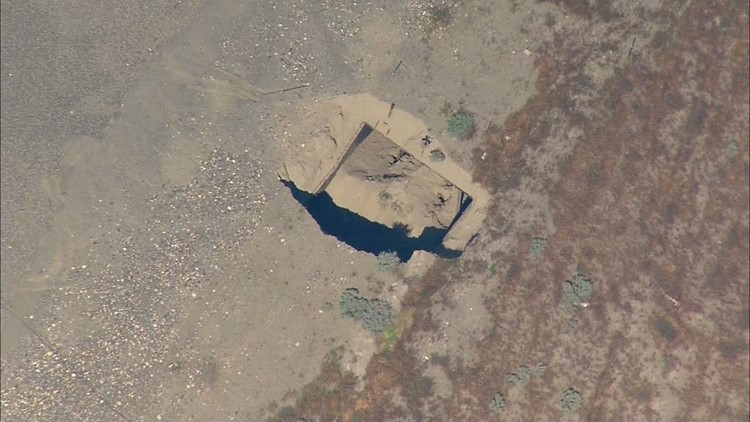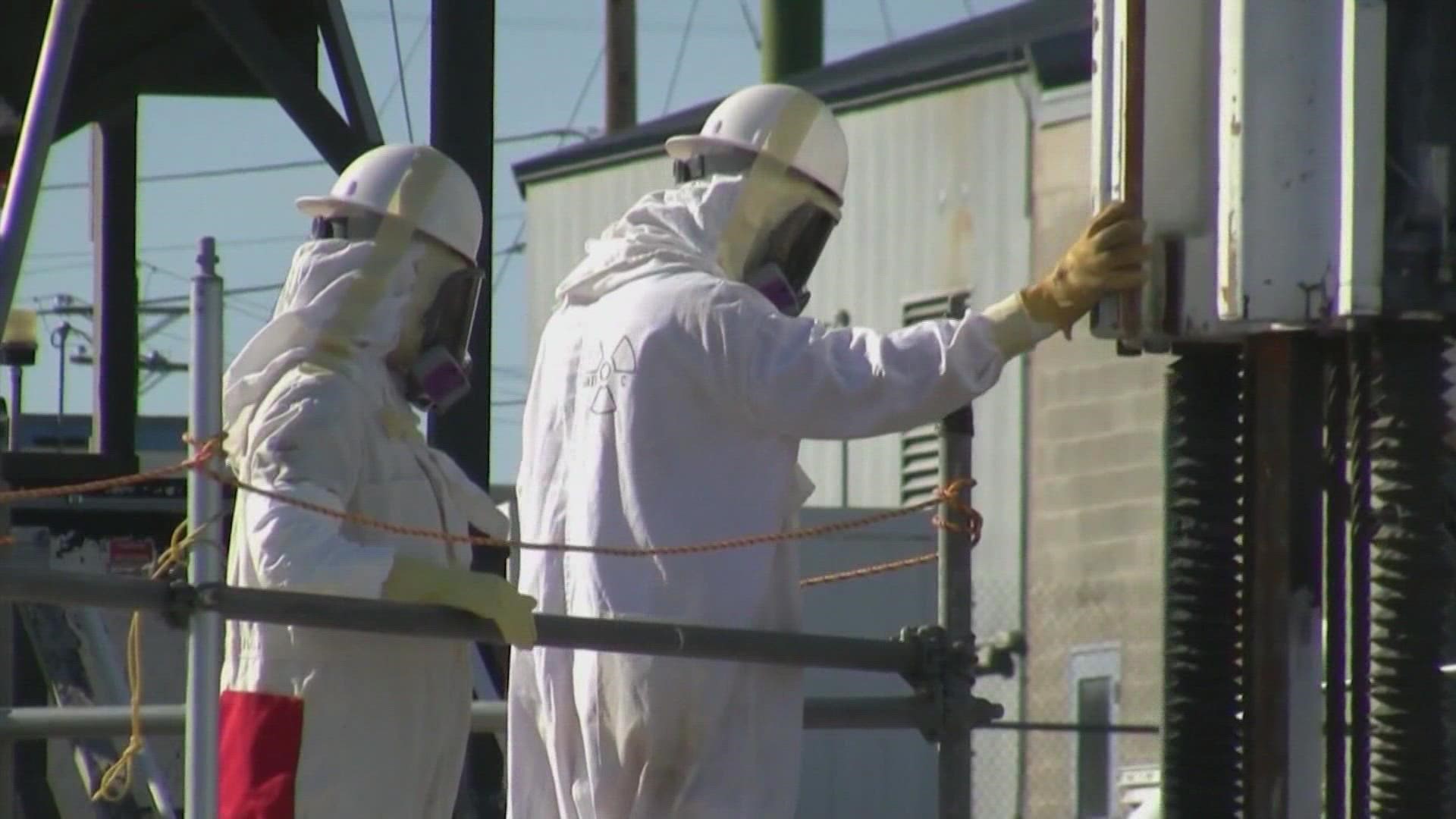Engineering studies made public Friday reveal serious structural problems with two tunnels at the Hanford Site where highly radioactive materials are stored.
The reports were prepared following the May 9 discovery of a collapsed section of the roof of one of the tunnels. The U.S. Department of Energy, the owner and operator at Hanford, said no workers were exposed to radiation in that incident, which prompted evacuations and lock-downs across the site.
The two studies released Friday evaluated the structural integrity of two tunnels located near the Hanford PUREX plant -- a decommissioned facility where plutonium was processed when Hanford was an active part of the U.S. nuclear weapons program. Both tunnels were built more than 50 years ago and currently hold abandoned railroad cars and equipment that is heavily radioactive.
The reports, ordered by the Washington State Dept. of Ecology through an Administrative Order and carried out by the U.S. Dept. of Energy, found the tunnel that failed on May 9 (Tunnel #1) is an "extreme collapse hazard" and that Tunnel #2 is a "high potential collapse hazard."
Report authors warn that Hanford workers and equipment should stay clear of the tunnel areas to "avoid potential collapse, avoid exposure to high levels of radiation."
KING 5 reported in May that concerns about the tunnels' condition had been voiced for decades by scientists and engineers working at Hanford. The two new reports declare that both tunnels are at risk of collapse and "do not meet current structural codes and standards."
The Department of Energy said it is working with its contractors on a plan for stabilizing the two tunnels and will present those plans to the Washington State Department of Ecology, which plays an important oversight role at Hanford.
"We took quick action in response to the Tunnel No. 1 collapse because of the potential for additional structural failures. We’re closely monitoring the situation to make sure Energy finds an effective solution," said Alex Smith, Nuclear Waste Program manager for the Department of Ecology.
"We will work closely with Ecology to determine how best to stabilize Tunnel No. 2 and ensure the safe storage of the waste until it can be remediated," said Doug Shoop, Manager, DOE Richland Operations Office.
Hanford is the site of a decades-long clean-up project overseen by the federal government. When the PUREX plant was operational in the 1950s and 1960s, decommissioned processing equipment was loaded on railcars and stored in the tunnels. The railcars were buried without protective packaging that would be standard today. Tunnel No. 1 holds eight railcars full of some of the most radioactive solid materials at Hanford.
KING 5 obtained documents detailing the types of toxins in the tunnel and the level of contamination. Dangerous compounds such as lead, mercury, chromium cadmium, and silver have contaminated the equipment. Silver can cause a fire. Other documents show massive amounts of radiation -- some items measured at 40,000 curies. That’s a measurement of radioactivity rarely seen anywhere.
Hanford was a key facility for the country’s nuclear weapons program from the early 1940s to 1989 when the Cold War ended. For approximately 45 years, plutonium was produced at the reservation located near Richland. Hanford is considered the most toxic workplace in the United States as well as the country’s biggest nuclear dump. The clean-up involves everything from destroying old buildings, removing heavy metals from groundwater, and stabilizing millions of gallons of radioactive, toxic sludge.
Related: What is Hanford?
Follow Susannah Frame on Twitter: @SFrameK5.



